Pricing your products competitively is an important part of maximizing your profits as an Etsy seller. If your prices are too high, you may struggle to attract buyers. On the other hand, if your prices are too low, you may not be earning as much as you could. In this article, we'll explore some effective pricing strategies for Etsy sellers that can help you balance competitiveness with profitability.
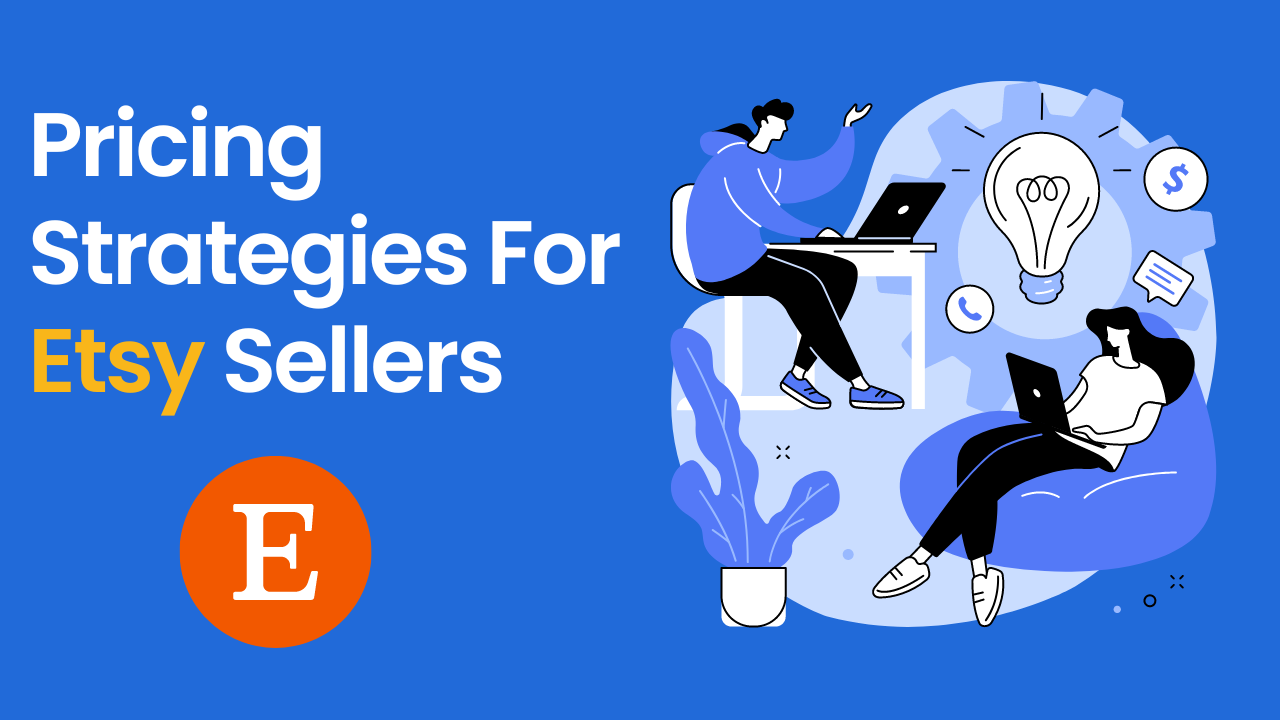
Research your competitors
To establish an effective pricing strategy for your Etsy products, conducting research on your competitors is crucial. Take the time to investigate similar products offered on Etsy and carefully evaluate their pricing. Consider factors such as the quality of their materials, the intricacy of their designs, and any supplementary features they may provide. By doing so, you will gain valuable insights into what the market is willing to pay for your products. Additionally, you can use our 13tags tool to analyze pricing, which will aid you in identifying the most optimal pricing strategy for your product, allowing you to achieve favorable profit margins.
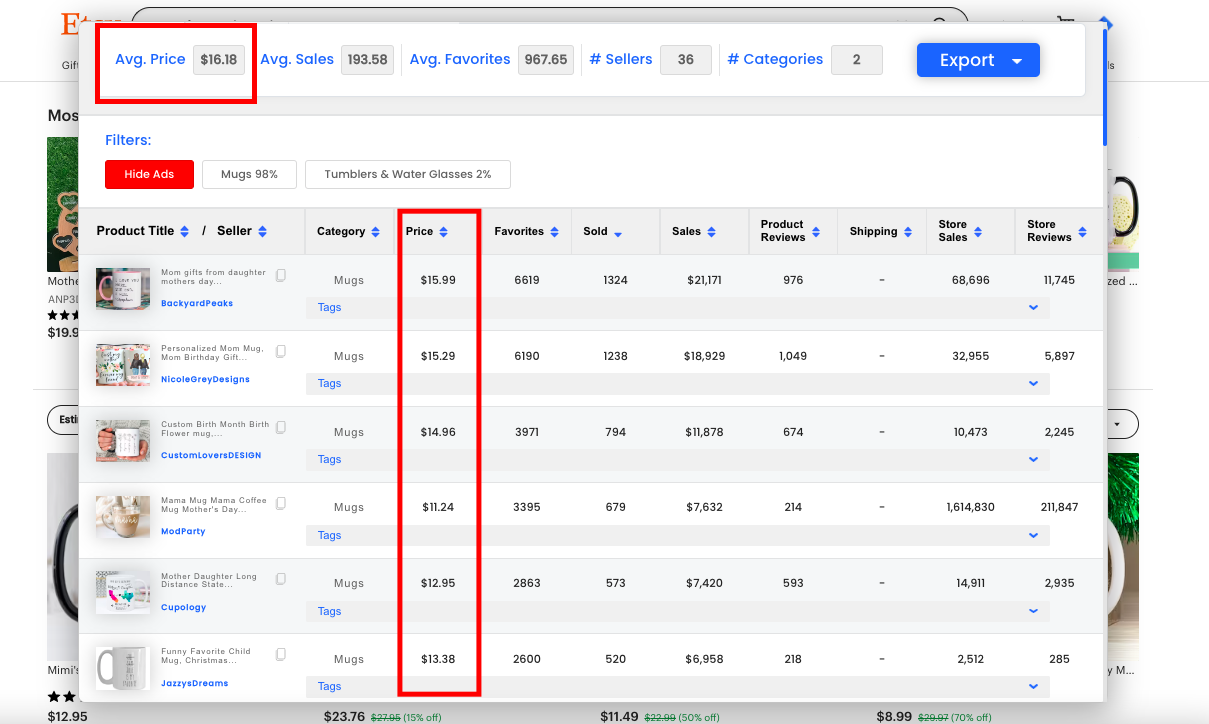
Determine Your Costs:
To establish a pricing strategy for your products, you first need to calculate your costs. This includes the cost of the product, printing, shipping, packaging, and any additional expenses such as marketing fees.
Calculating your costs is a critical step in establishing a pricing strategy for your products. To determine the appropriate price, you must have a clear understanding of the expenses involved in creating and delivering your product to customers.
- The first cost to consider is the cost of the product itself. This includes any materials, components, or ingredients needed to create the product. For example, if you sell handmade jewelry, you would need to consider the cost of beads, wire, clasps, and any other materials required to create your designs.
- Next, you need to factor in any costs related to printing, if applicable. For example, if you sell print-on-demand products, you need to include the cost of printing and any associated fees.
- Another significant cost to consider is shipping. This includes the cost of postage or shipping fees, packaging materials such as boxes or envelopes, and any additional costs associated with shipping, such as insurance or delivery confirmation.
- Additionally, you should consider any expenses related to marketing your products. This may include fees for advertising or promoting your products on social media or other online platforms.
- Finally, it's important to consider the time and effort you put into designing and creating your products. This is known as your labor cost. To determine your labor cost, you should calculate the amount of time it takes you to create each product, multiplied by your hourly rate.
By carefully considering these costs, you can determine an appropriate price for your products that ensures profitability and competitiveness within the market. You may need to adjust your prices periodically as your costs change, or as competition or demand for your products fluctuates.
Offer Bundles or Discounts
Offering discounts and promotions can be an effective pricing strategy for Etsy products. Here are some ways to use discounts and offers to attract customers and increase sales:
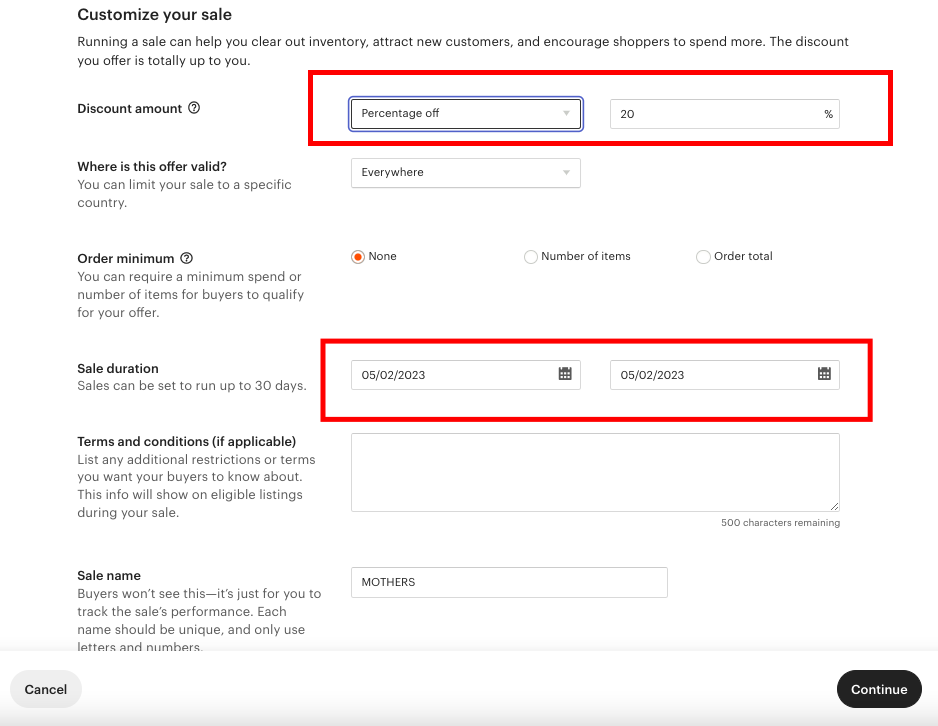
- Limited-time sales: Running a sale for a limited time can create a sense of urgency and encourage customers to make a purchase. For example, you can offer a discount code that is valid for a specific period or promote a sale that lasts for a limited time.
- Bundle discounts: Offering a discount on a bundle of products can incentivize customers to purchase more items from your shop. For example, you can offer a discount when customers buy multiple items or purchase a set of related products together.
- Volume discounts: Offering discounts for bulk orders can encourage customers to buy more of your products at once. For instance, you can offer a discount when customers purchase a certain number of items from your shop.
- Free shipping: Offering free shipping can be a powerful incentive for customers to make a purchase. You can consider offering free shipping for a minimum purchase amount or as part of a limited-time promotion.
- Loyalty programs: Creating a loyalty program for your customers can encourage repeat purchases and increase customer loyalty. For example, you can offer rewards such as discounts or free products for customers who make multiple purchases from your shop.
Create Specific Sections and Run sales:
One effective way to improve sales on Etsy is to create product sections based on occasions and events and offer discounts or promotions for those sections as the related event approaches. By organizing your products in this way, you can create a sense of urgency and relevance for potential customers.
For example, if you sell handmade greeting cards, you can create a section for Valentine's Day cards, Mother's Day cards, and so on. As these occasions approach, you can offer a discount or promotion for the cards in those sections, encouraging customers to make a purchase.
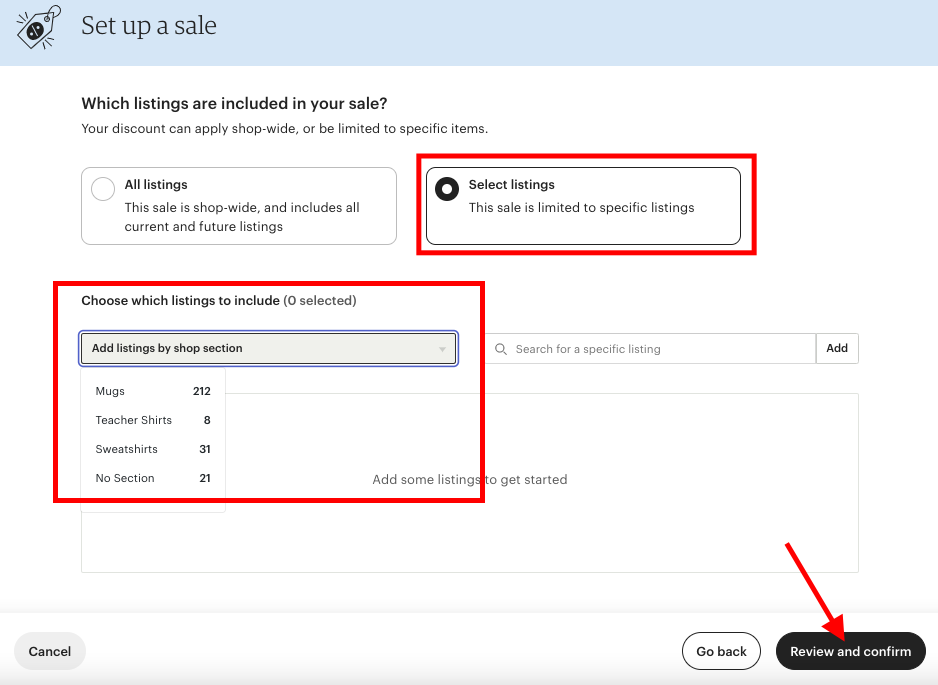
Organizing your products in this way can also help you to attract customers who are specifically searching for products related to a particular occasion or event. By offering a discount or promotion for these products, you can entice customers to make a purchase from your shop rather than a competitor's.
To make the most of this strategy, it's important to plan ahead and create the sections well in advance of the relevant occasion or event. You should also promote the sections and discounts through your shop announcement, social media channels, and email newsletters to ensure maximum visibility and engagement from potential customers.
When using discounts and offers as a pricing strategy, it's important to consider the impact on your profit margins. Be sure to set the discount or offer at a level that is still profitable for your business. Additionally, you should communicate the promotion clearly to customers through your shop announcement, social media channels, and email newsletters to ensure maximum visibility and engagement.
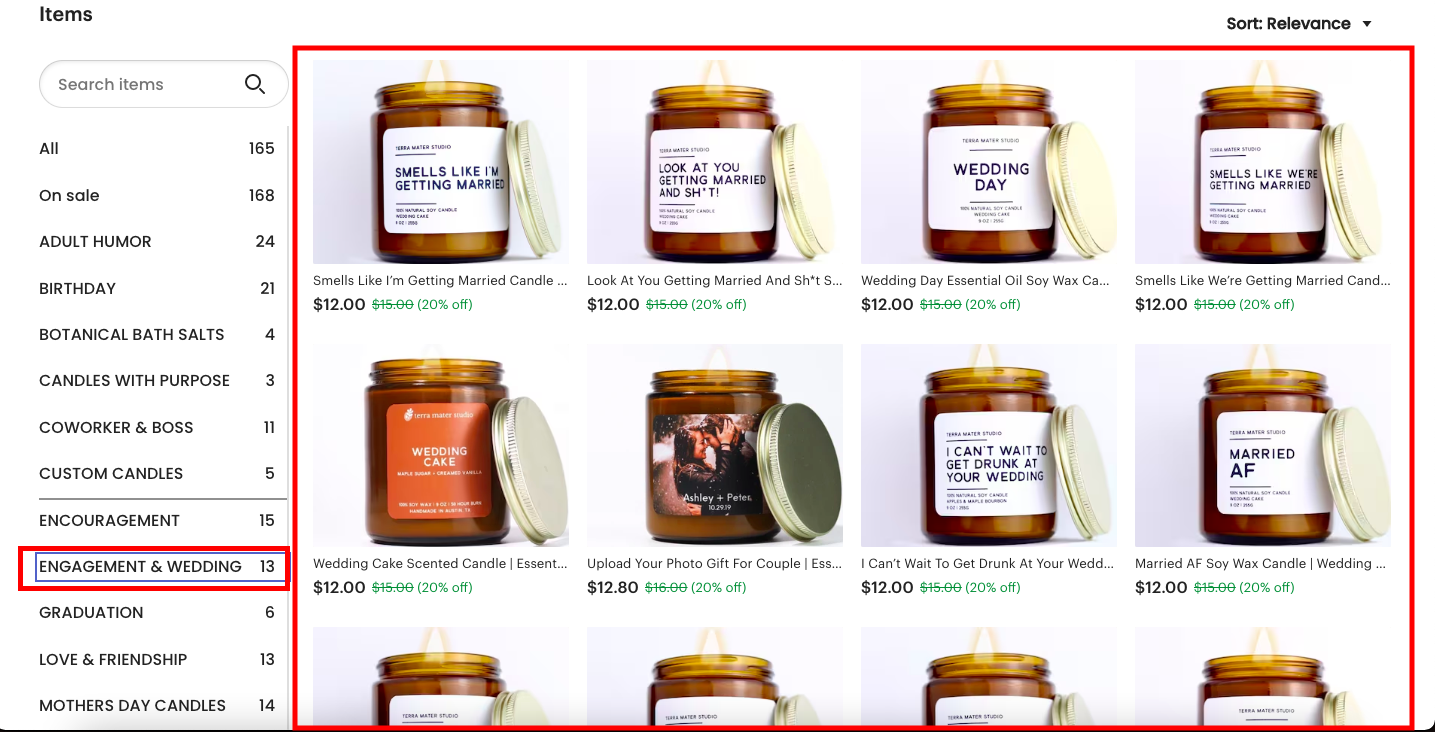
To further refine your pricing strategy on Etsy, you can consider running different percentage discounts for different types of sections. By doing so, you can analyze the impact of various discount levels on your sales for each section and make informed decisions about pricing in the future.
For example, if you have multiple sections for different types of products, such as handmade jewelry and clothing, you can offer different discounts for each section to gauge the impact on sales. By doing this, you can determine which sections are most price-sensitive and adjust your pricing strategy accordingly.
Running different discounts for different sections can also help you to target specific customer segments. For instance, you may want to offer a larger discount for a section that caters to a younger demographic or a smaller discount for a section that caters to a more affluent audience.
When implementing this strategy, it's important to track and analyze the impact of each discount level on your sales. You should also communicate the promotions clearly to customers through your shop announcement, social media channels, and email newsletters to ensure maximum visibility and engagement. With careful planning and analysis, running different discounts for different sections can be an effective way to refine your pricing strategy and improve sales on Etsy.
Run Social Media Ads & Promotions

Social media promotion can be an important aspect of a pricing strategy for Etsy selling because it can help to increase visibility and drive traffic to your shop. By promoting your products on social media platforms like Facebook, Instagram, Pinterest, and Twitter, you can reach a wider audience of potential customers who may be interested in your products.
Here are some specific reasons why social media promotion is important for a pricing strategy on Etsy:
- Increase brand awareness: By sharing your products and promotions on social media, you can increase awareness of your brand and build a following of loyal customers who are more likely to purchase from you in the future.
- Showcase product value: Social media platforms are great for showcasing the value of your products through visually appealing posts and customer reviews. This can help to justify your pricing and encourage customers to make a purchase.
- Engage with customers: Social media allows you to engage with customers and receive feedback in real time. By responding to comments and messages, you can build trust and rapport with your customers, which can lead to increased sales and repeat business.
- Drive traffic to your shop: Social media promotion can help to drive traffic to your Etsy shop, which can ultimately lead to more sales. By including a link to your shop in your social media posts, you can make it easy for customers to find and purchase your products.
Overall, social media promotion can be a valuable tool for Etsy sellers looking to refine their pricing strategy and increase sales. By leveraging the power of social media, you can reach a wider audience of potential customers and build a loyal following of customers who are more likely to purchase from your shop.
Consider your brand positioning
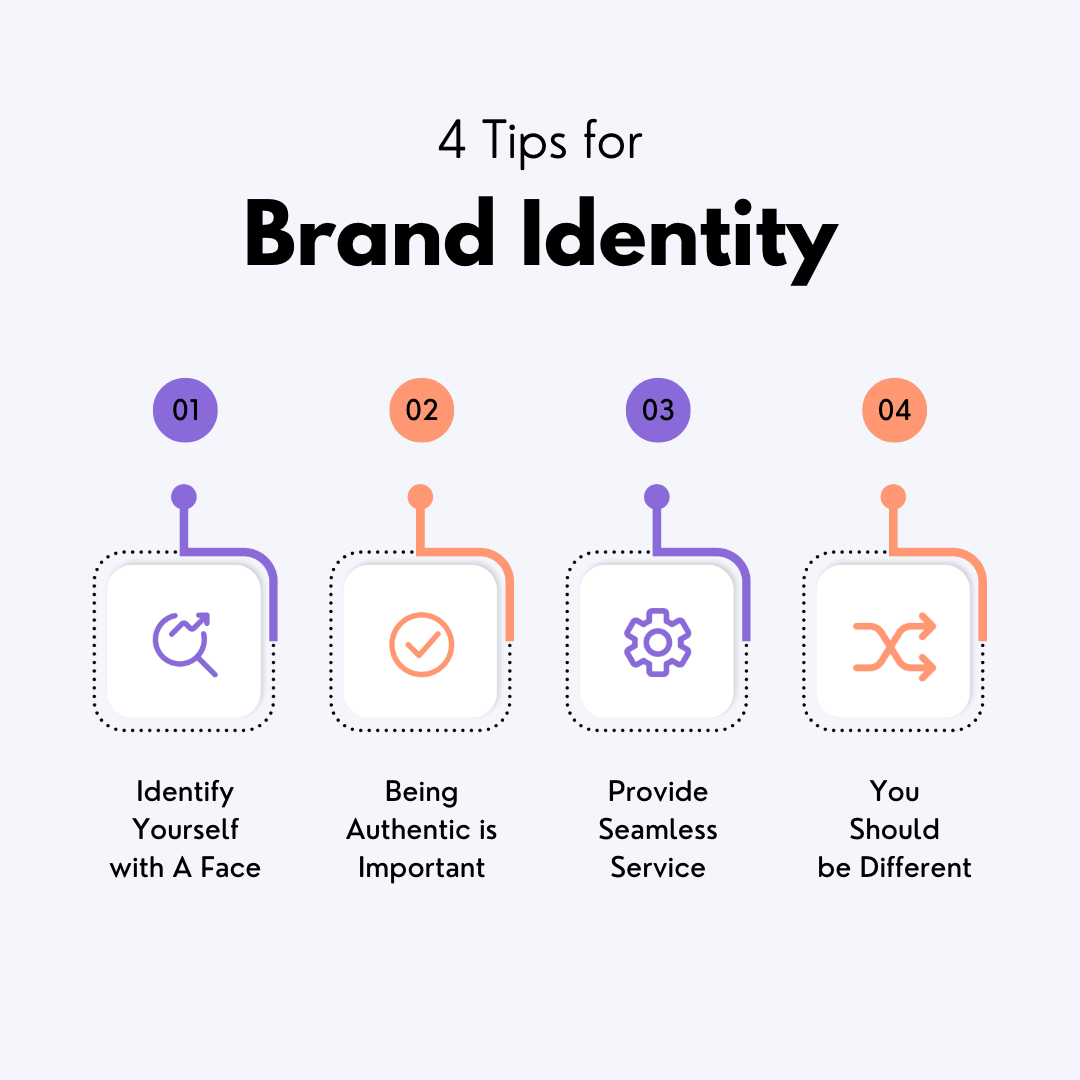
Considering your brand positioning is important for a pricing strategy when selling on Etsy because it helps you to establish a unique identity and set yourself apart from your competitors. Your brand positioning encompasses how you want your brand to be perceived by your target audience, and it can influence everything from your product design to your pricing strategy.
Here are some specific reasons why considering your brand positioning is important for a pricing strategy on Etsy:
- Differentiate yourself from competitors: By defining your brand positioning, you can set yourself apart from your competitors and establish a unique selling proposition. This can help to justify your pricing and make your products more appealing to customers.
- Build brand loyalty: A clear and consistent brand positioning can help to build brand loyalty among your customers. By consistently delivering on your brand promise, you can establish a loyal following of customers who are more likely to purchase from you again in the future.
- Appeal to your target audience: Your brand positioning can help you to identify and appeal to your target audience. By understanding your customer's needs and preferences, you can tailor your pricing strategy to meet their expectations and budget.
- Create a consistent customer experience: Your brand positioning can also influence the overall customer experience. By creating a consistent brand experience across all touchpoints, from product design to customer service, you can build trust and establish a positive reputation among your customers.
Overall, considering your brand positioning is important for a pricing strategy on Etsy because it helps you to establish a unique identity and differentiate yourself from your competitors. By creating a clear and consistent brand experience, you can build brand loyalty, appeal to your target audience, and ultimately increase sales.
Here is the link to the video for more detail:
In conclusion, pricing your products effectively is a critical part of maximizing your profits as an Etsy seller. By researching your competitors, factoring in your costs, using a pricing formula, offering bundles or discounts, testing your prices, and considering your brand positioning, you can set prices that are both competitive and profitable. With a little experimentation and patience, you can find the right pricing strategy for your Etsy shop and start seeing the results you're looking for.
Good Luck!
